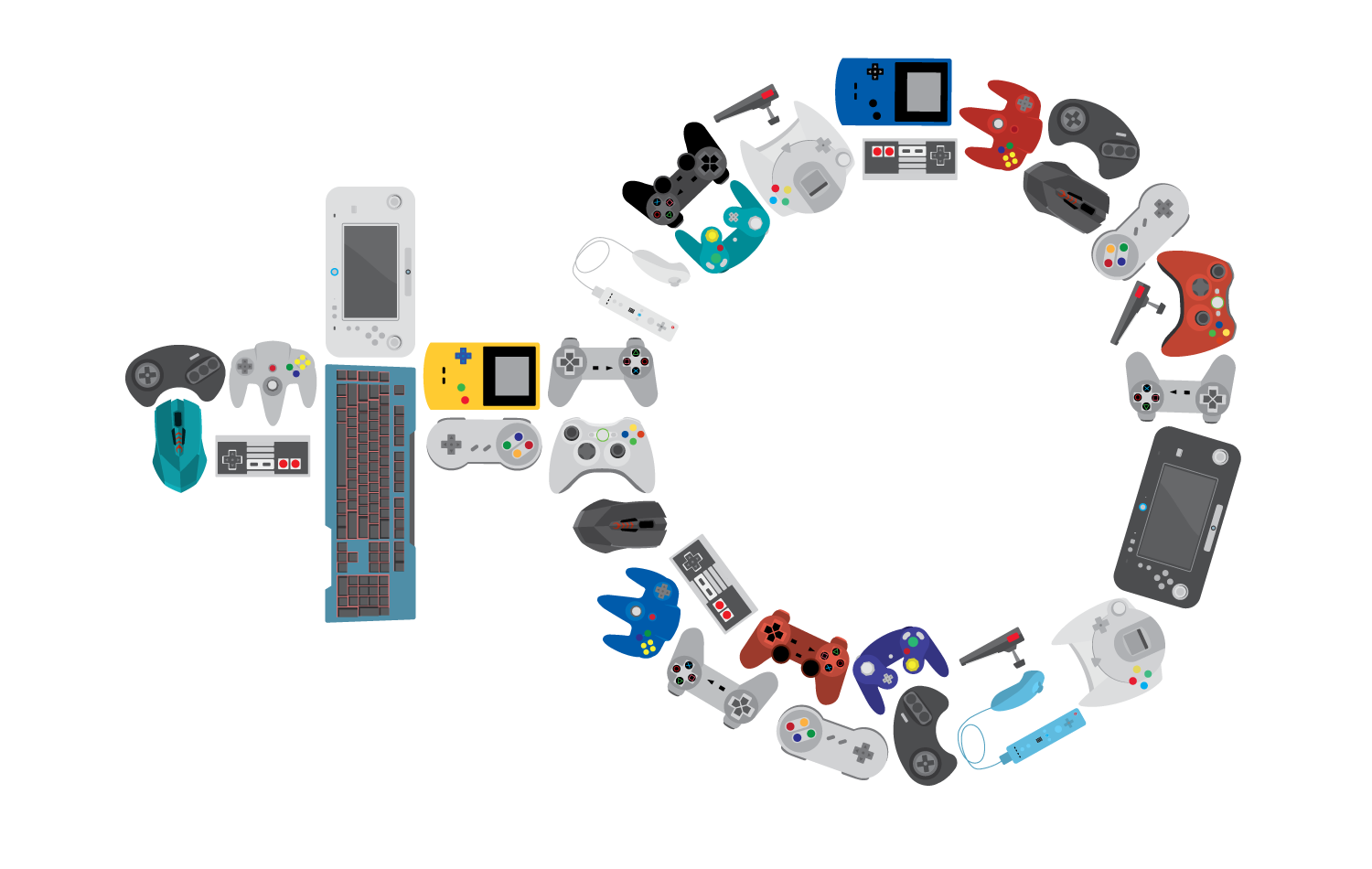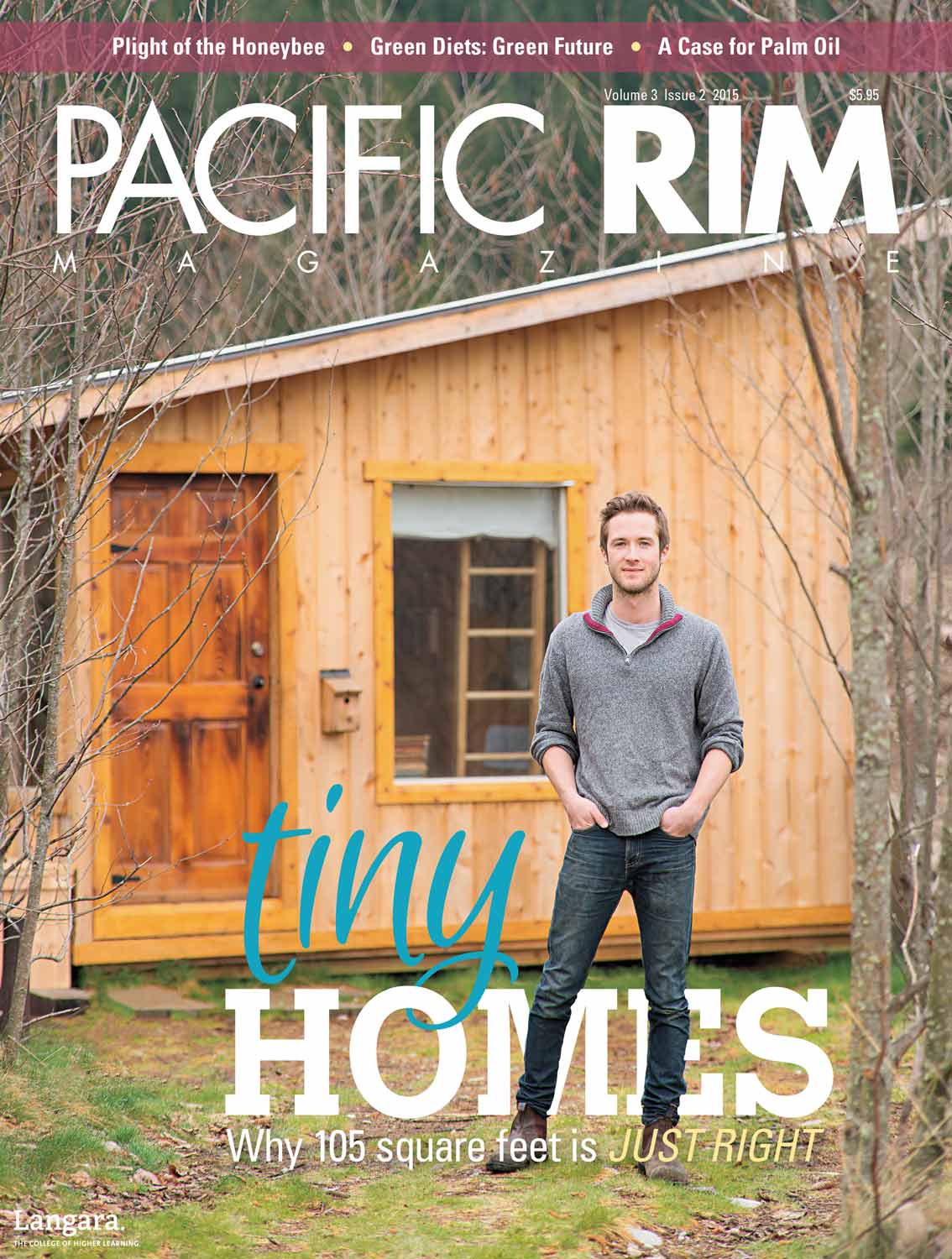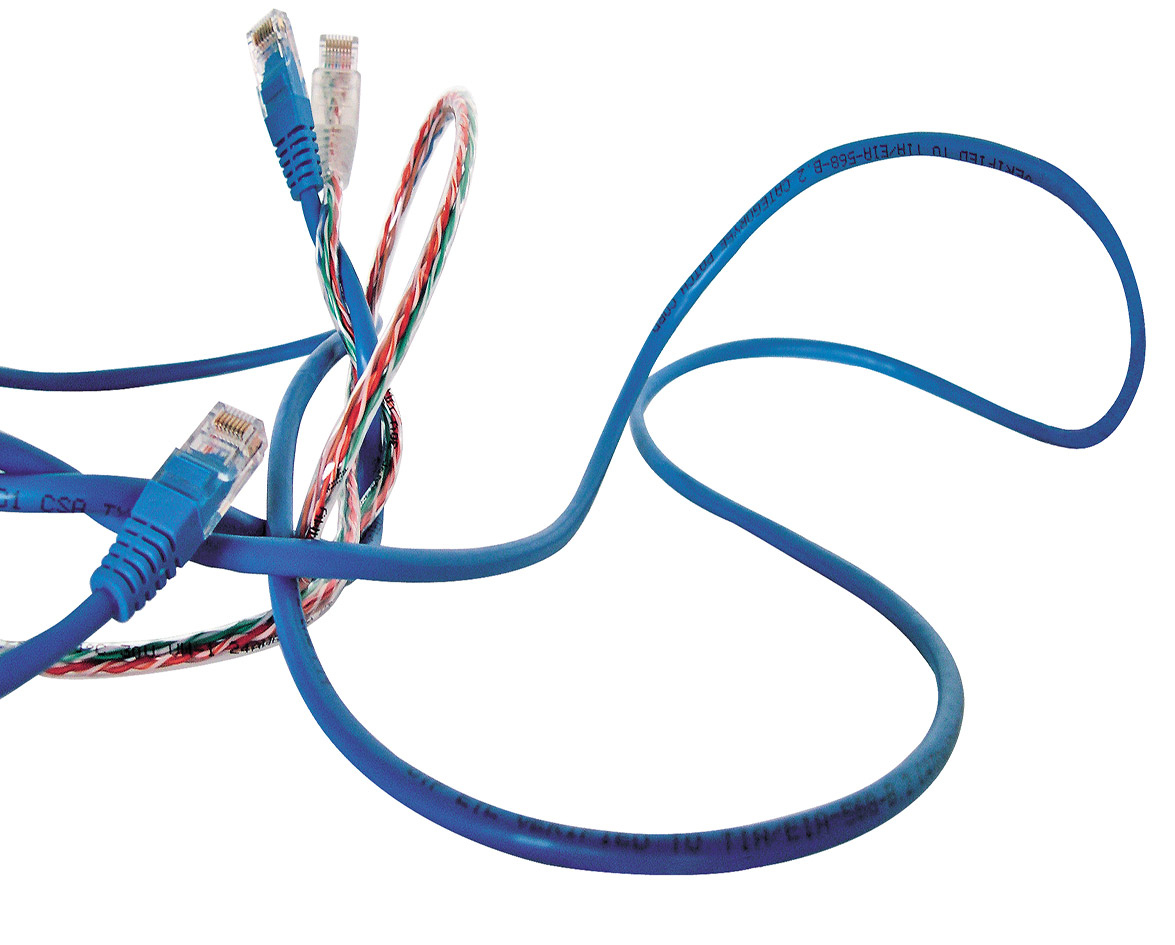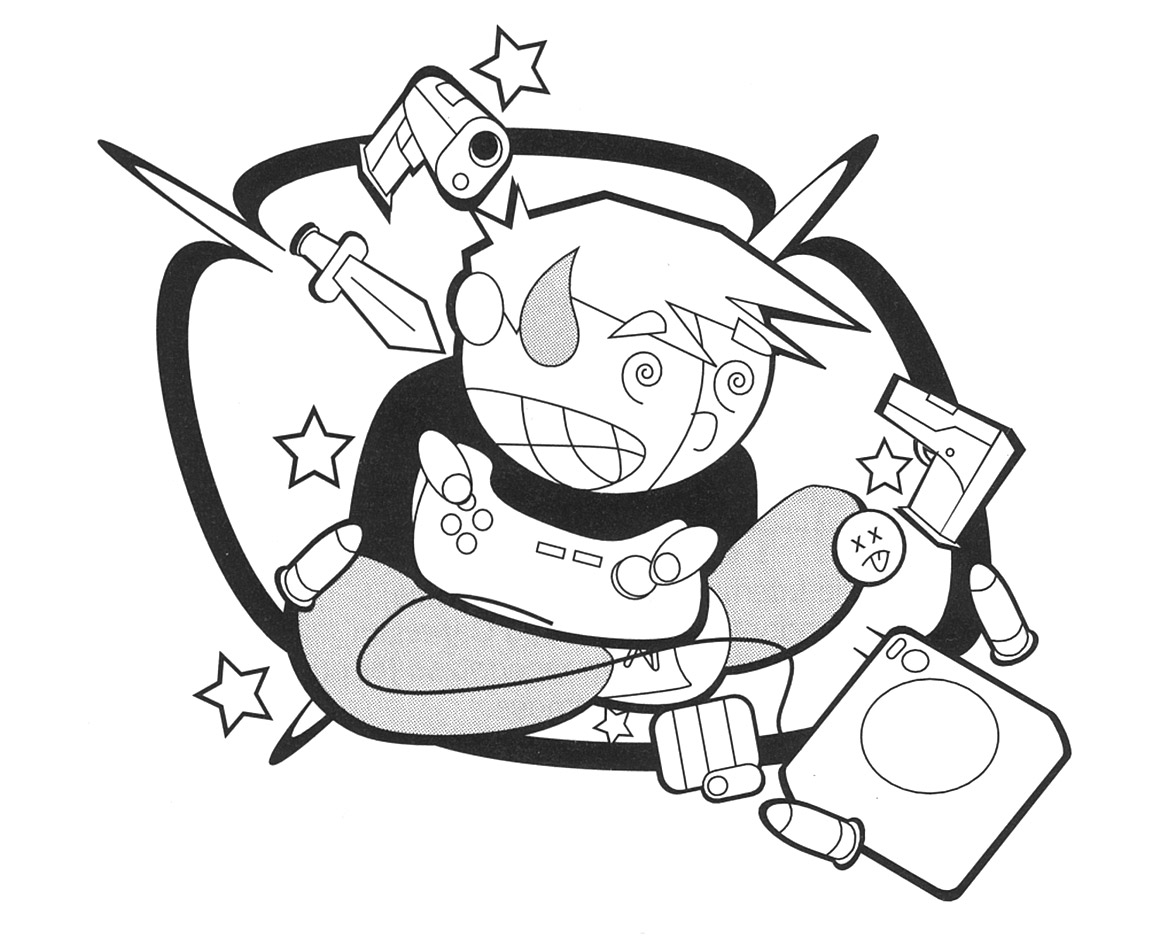Close your eyes and picture a gamer. What image comes to mind? Do you see yourself, or a friend? Are they male? Female? Young? Old? Most people imagine a male under the age of 18.
In 2014, the Entertainment Software Association (ESA) released a report on the sales, demographics, and usage data of the video game industry in partnership with 35 of the world’s top game companies. The report shows a very different profile of the average gamer than stereotypes suggest. The ESA’s report states that women aged 18 and older make up 36 percent of the gaming population, a much higher number than males under 18, who account for only 17 percent. Furthermore, women make up almost half of all gamers, at 48 percent.
The Past
It wasn’t always surprising that both men and women were interested in video games. Early games like Pong (a ball and paddle game) and Tetris (a puzzle game) were based on simple mechanics and were created without a gender bias.
This changed following an industry-wide crash in 1983, which forced game developers to focus on their most definable target audience: teenage males. From that point forward, they targeted game development and advertising towards this demographic.
However, Kayla Kinnunen, Game Director for Roadhouse Interactive in Vancouver, believes that women have always been part of the industry, and that with advances in technology and wider accessibility, more women are being drawn to gaming. “I would definitely say [males between 13 and 25] are the primary gamers on [traditional consoles],” she says, “but what you’re seeing now with social gaming, Facebook, mobile, is that it’s broadening a lot more and you’re seeing different types of games.”
The Present
World of Warcraft (WoW) was created in 2004 by Blizzard Entertainment and, with ten million subscribers, is currently the world’s biggest subscription-based massively multiplayer online role-playing game (MMORPG). When WoW first launched, officials estimated that female players made up 16 percent of subscribers. Ten years later, women who play MMORPGs account for 40 percent of the players and play an average of 22.7 hours per week.
Blizzard has taken measures to include both genders when designing their games. There are female and male options for all playable characters and plenty of examples of female protagonists in each of their franchises, including the extremely successful Diablo and Starcraft series. Their upcoming release Overwatch (a team-based shooter game) features a diverse cast of characters headed by a young female adventurer known as “Tracer.” Blizzard’s success with this inclusive approach is a good sign for the future of game development.
The Future
A game developer and an outspoken activist for diversity in gaming, Nick Yonge, has a hopeful view: “I’m definitely an optimist. Looking at how history progresses, I think [gaming] will be more inclusive and [gender will be] more of a non-issue in the near future, because that is the way we are slowly moving. Compare gaming to how it was 10–15 years ago even: the selection of games designed with women and girls in mind was much thinner than it is today.”
With the next generation ushering in an era of equality in gaming, we need to redefine our idea of what a gamer is. The world of video gaming is expanding, and the influx of players — young and old, male and female — proves that the industry is stronger than ever.











